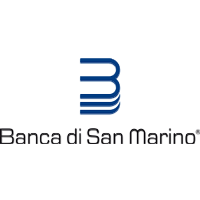The Republic of San Marino is one of the oldest countries in Europe.
Its land, nestled between Emilia-Romagna and Marche, extends for 61.31 square kilometres.
It is divided in nine castles: San Marino, Borgo Maggiore, Domagnano, Serravalle, Acquaviva, Chiesanuova, Fiorentino, Faetano and Montegiardino.
The population is 30,000. The capital is San Marino.
It is a democratic unicameral Republic, lead by two Captains Regent, founded on the principles of popular sovereignty and the division of powers; a free and independent State, characterised by an institutional Order that defines its political organisation and regulates community life.
The constitution of San Marino refers to the ancient Statutes of 1600 and the more recent “Declaration of the Rights of Citizens and Fundamental Principles of the San Marino Order”, Law nr. 59 approved on July 8, 1975 and integrated in the year 2000 and 2002.
The constitutional charter lists the founding principles of the Order:
the Republic recognises, as its own, the general standards of international rights, rejects war as a way to solve controversies between countries and adapts to the principles decreed by the Statute of the United Nations.
The Declaration defines the roles and functions of the main State boards:
The Council Great and General, made up of 60 Councillors who represent all the political parties, exerts legislative power and indicates the general political orientation;
The Congress of State holds executive power, meaning they have the duty of governing according to the principles of collegiality and responsibility; The Magistracy is invested with legal power.
As of July 7th, 2008, the City Centre and Mount Titano were included in UNESCO’s list of World Heritage sites for their exceptional universal value.
San Marino belongs to leading International Organisations such as the UN, the CSCE, the EUROPEAN COUNCIL and the INTERNATIONAL MONETARY FUND.


